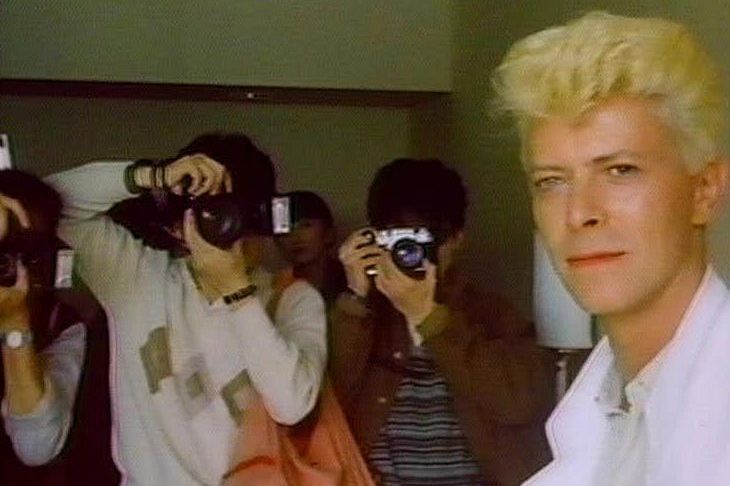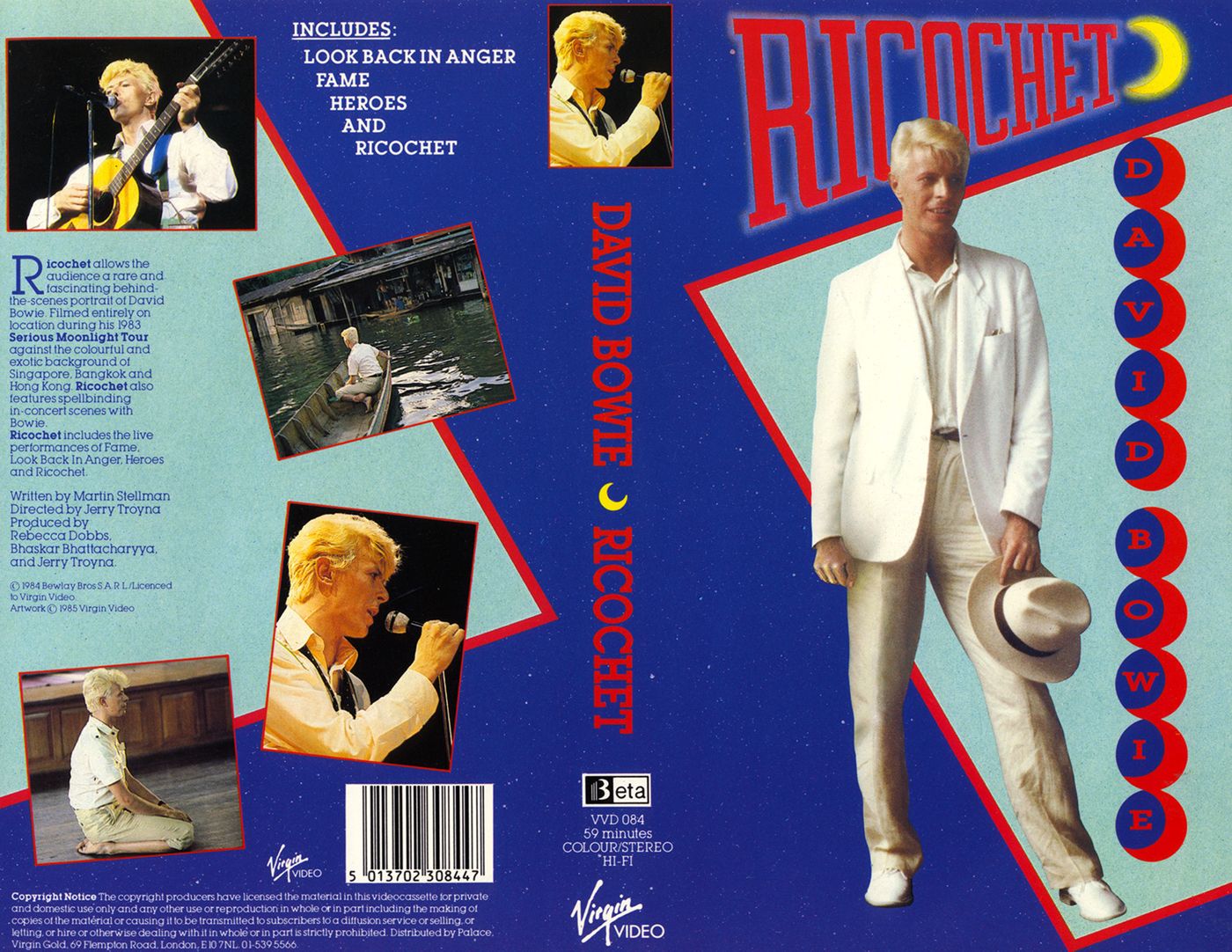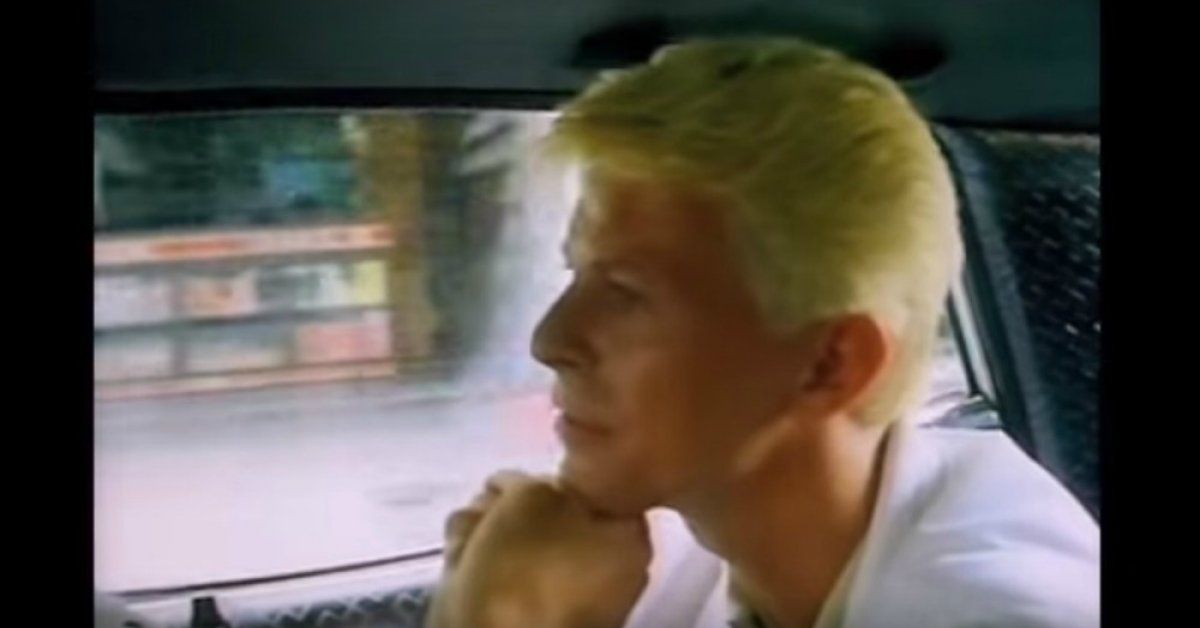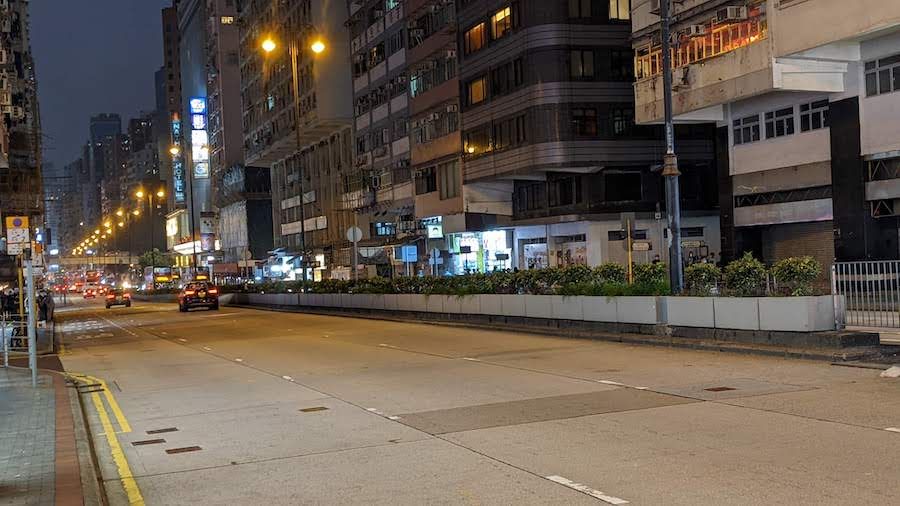
岀生及成長於香港,旅居加拿大25年後回流。兩地生活文化的差異與衝擊,一邊是多元文化,一邊是中西匯集,從一邊看過去另一邊,算是多重國際視野。
【The End of the World】David Boer's First Visit to Southeast Asia
This series tells about the abbot's musical growth, many little-known stories in the industry, his personal growth experience, coupled with the background of the times, which resonates quite a bit. If it is some rock friends who have struggled, they must be more empathetic. It is equally fascinating to watch from the perspective of readers, feel the changes of the big era, and revisit Hong Kong's prosperity.

The one just uploaded is the 23rd episode. It is mentioned that in 1984, David Bowie visited Hong Kong for the first time to sing, during which a documentary was filmed, and one of the abbot's bandmates participated, playing the role of a man who wanted to resell himself. , a young man who came to raise money to buy concert tickets. I didn't know there was this documentary for sure, but I found it was called "Ricochet" after searching the Internet. as a Bonus disc.
I haven't seen it, but it turns out that there is an outline version. It was the first time that Boa came to these Southeast Asian cities to sing, and only went to three places - Hong Kong, Singapore and Bangkok. Of course, he had already been to Japan in the early 1970s and collaborated with photographer Masayoshi Sukita, and he also had a yearning for oriental culture.

In the 1980s, Boa turned to EMI and started a new chapter in his career. He became famous with several popular songs "Let's Dance", "Modren Love" and cover of Iggy Pop's "China Girl", and toured Europe and the United States. The singing was very successful, and special arrangements were made to sing in Southeast Asia in these three cities. And the film is to record his footprints in these three cities. Unlike other tourist shootings, it only focuses on scenic spots. He wants to find the history and characteristics of each place.
After all, it was nearly forty years ago. At that time, these three cities should have been considered relatively open and developed places in the region. The first stop was Hong Kong. When he stepped out of Kai Tak Airport, there was already a group of fans holding up placards to welcome him. In the rest of the festival, in addition to the concert segment at the end and the car tour with Boa, at the same time, there are several local young Rock friends living their lives, chasing their dreams while trying to survive. Seeing them practice in a small space in a cramped band room really brought back painful memories. The guitar and the bass were standing next to each other, and there was no room to move, and the drummer was forced to the corner of the wall. The drum seat was in the range of 90 degrees. It will hit the wall, and there is an air conditioner blowing overhead! Back then, how many musicians weaved their dreams under such circumstances?

And young people don't care about their ideals. The most precious thing may be their own Tibetan discs, but in order to see the concerts of foreign superstars, they are willing to sell their most precious things to taste their wishes. If you have ever been in the sea, you will definitely cry in your heart. The footsteps that Bao'er has walked on are also the yellow flowers of tomorrow. When you see colorful neon sign advertisements, isn't that the once glorious Hong Kong? Isn't that a unique Hong Kong landscape? Why do we self-destruct the Great Wall? Bo'er hummed "Rose Rose I Love You" as soon as he got off the plane, which showed that he was in a very happy mood and was looking forward to this visit. I'm not sure if he found what he was looking for, but he filmed the trip, especially the one in Hong Kong, and looking back on it years later, it makes us so sad.
Relatively speaking, Singapore and Bangkok were also at the time of their rise. Singapore was a scene of getting rid of the old and welcoming the new, with bulldozers and cranes everywhere. Baoer specially asked the driver to take him to the old town to see the feelings of the past. He passed by and saw a Cantonese opera rehearsal, and met two girls who were going to the rehearsal outside the door and asked to watch it, but unfortunately the master didn't allow it. The rest of the clips are about Boer preparing for the performance, alternating with the performance preparations of the troupe, and balancing the shuttle in time and space. I wonder if there are still Cantonese opera performances in Singapore today?
As for Bangkok, it is naturally the nightlife, all kinds of Buddha statues, worship, and of course there are boats unique to Bangkok. What is more impressive is that he visited a local music troupe for practice. I don't know if they still have this instrument still circulating today?

This documentary was filmed nearly 40 years ago. At that time, it was probably purely as a personal commemoration. I didn't think about what it would achieve. I can't imagine that after so many years, I believe that people who grew up in several cities will watch it again. many. For Hong Kong people, it was like Japan and China in those days, and it was an international city in Southeast Asia. Compared with these two cities today, and even with other neighboring cities, they always feel the sigh of the river going downhill, how could they not What about a sigh?
Like my work?
Don't forget to support or like, so I know you are with me..
Comment…